Suburban Life
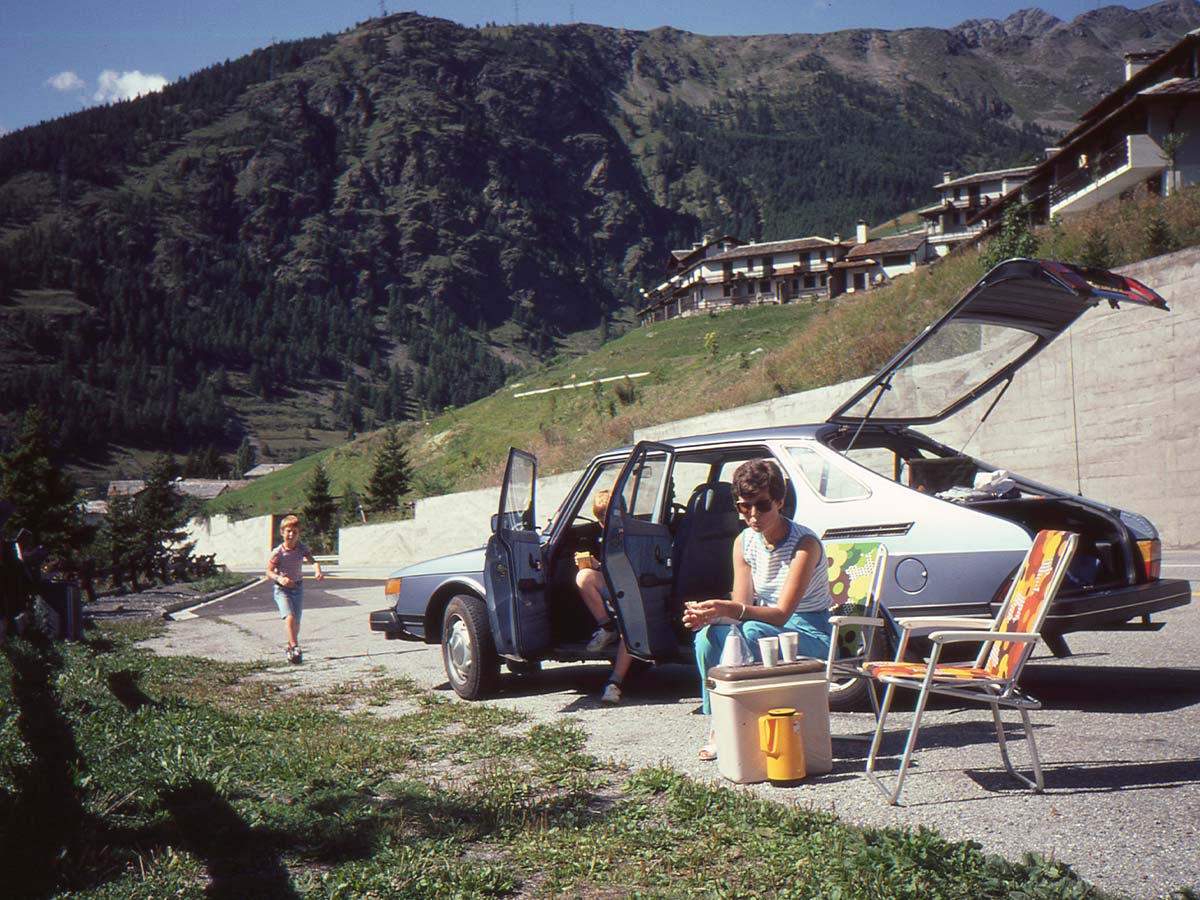
Imagine a sun-drenched afternoon in the '80s. The air is filled with the sound of children's laughter as they play in a grassy backyard. A classic Saab 900, a symbol of the era, is parked in the driveway. And there, overseeing the scene, is a mom, active and engaged, watching her kids enjoy the simple pleasures of childhood.
This image perfectly encapsulates the spirit of the '80s, when families often spent their weekends outdoors, enjoying the fresh air and the company of one another. It's a scene that will evoke a sense of nostalgia for anyone who grew up in that decade.
Milk
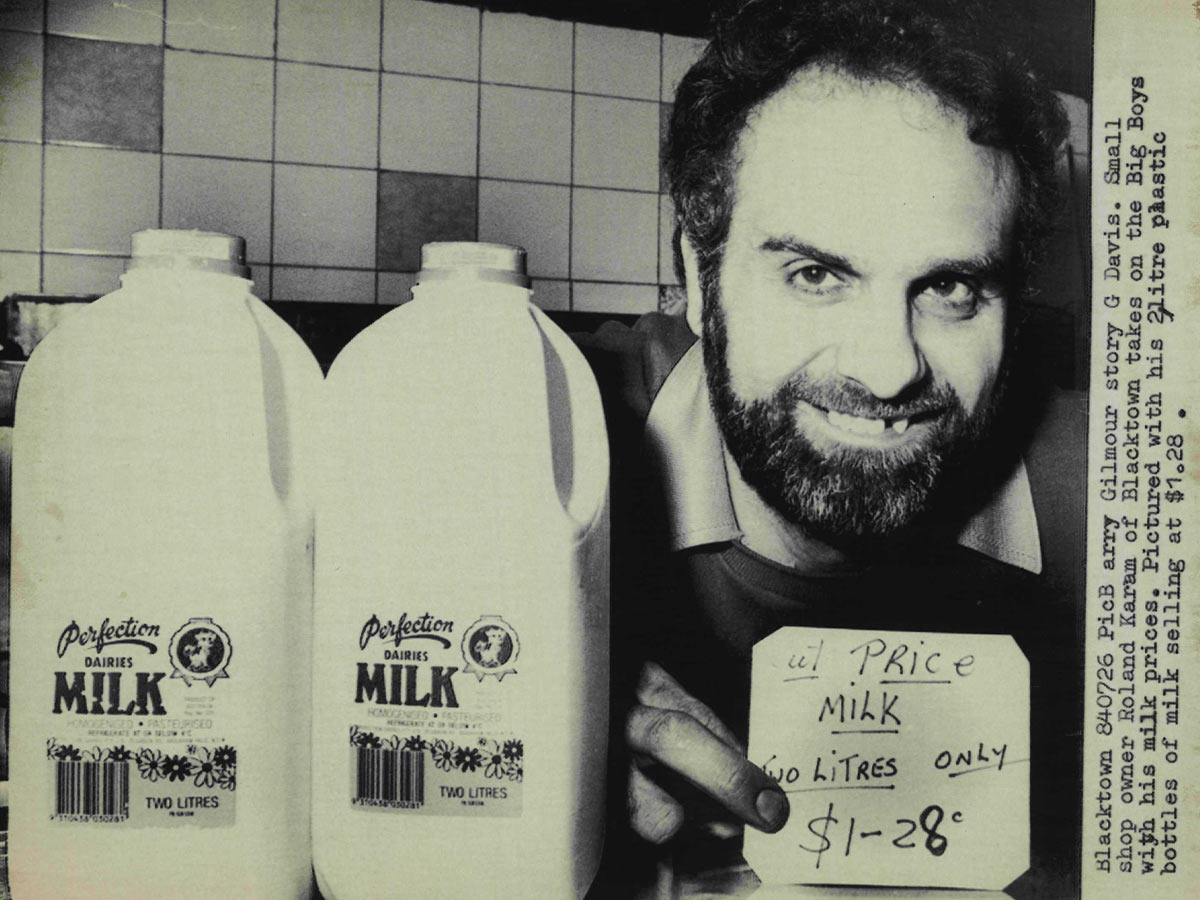
In the early 1980s, the average household income was around $21,000. A loaf of bread cost about $0.50, a gallon of gas was roughly $1.20, and a gallon of milk was approximately $1.20. Families could buy a new car for around $7,000, reflecting a post-war economy that was slowly recovering from inflation and recession, allowing many to enjoy stable jobs and affordable housing.
Fast forward to today, and the economic landscape has transformed dramatically. The average household income has more than doubled, yet living expenses have skyrocketed. A loaf of bread now costs about $3.00, gas prices have fluctuated significantly, and a gallon of milk is around $4.00 or more. The average cost of a new car has soared to over $40,000!
Hair

The 1980s were all about big hair, a trend that really captured the bold and fun vibe of the decade. Everywhere you looked—on MTV, in movies, and in your favorite magazines—people were rocking voluminous hairstyles that turned heads. It didn’t matter if you were a woman or a man; if you wanted to stand out, big hair was the way to go!
Women sported everything from teased and permed styles to big, bouncy curls that were often held up with loads of hairspray. Hair salons thrived as everyone rushed to get that perfect height and volume. Icons like Madonna and Cyndi Lauper inspired many to try out colorful accessories and dramatic styles, making big hair a symbol of individuality. Men were getting in on the action too, with rock stars like Jon Bon Jovi flaunting long, flowing hair that matched the era's energetic spirit.
Lady Di

Princess Diana, the first wife of Charles, Prince of Wales, became an iconic figure during the 1980s. Her grace, compassion, and relatable personality captivated the world. Known as the "People's Princess," she was admired for her humanitarian work, particularly her efforts to raise awareness about HIV/AIDS and landmines.
Her simple yet elegant style, often featuring British designers, set trends and inspired countless imitators. From her "revenge dress" to her casual chic outfits, Diana's wardrobe was a reflection of her evolving role as a public figure. Diana was celebrated for her warmth and authenticity, connecting with people on a personal level in ways that many royals failed to do. Her tragic death in 1997 sent shockwaves around the world, and her legacy continues to inspire millions today.
PCs
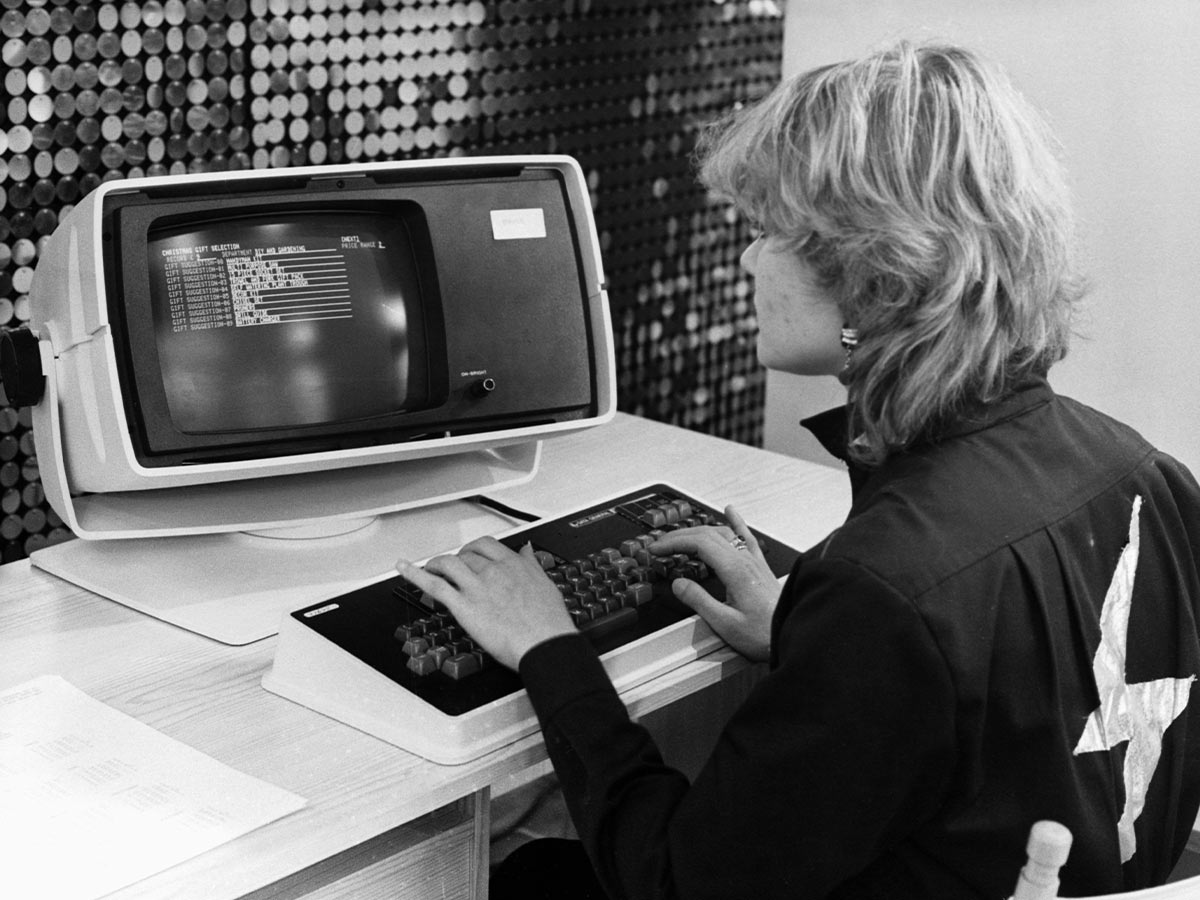
The personal computer (PC) ushered in a new era in the 1980s. Affordable and accessible, PCs became indispensable tools for both business and personal use. From word processing and spreadsheets to gaming and communication, they transformed the way people lived and worked. The internet, developed in the late 1980s, connected people worldwide.
The PC revolution had a profound impact on American culture. It led to the rise of new industries, such as software development and internet services. It also changed the way people worked, communicated, and entertained themselves. The PC was more than just a machine; it was a symbol of technological advancement and paved the way for the digital age.
Fashion
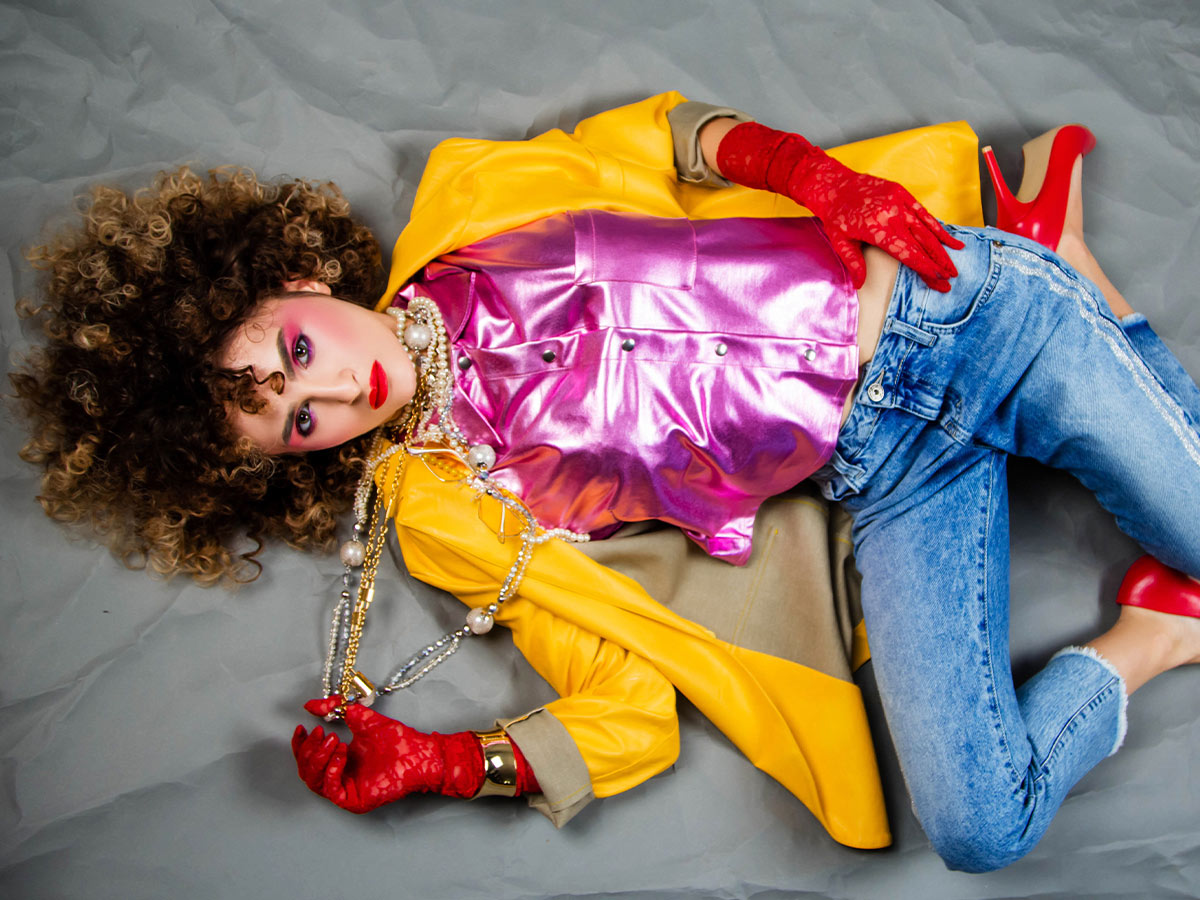
The '80s was a decade of excess, and this was nowhere more evident than in fashion. Gone were the muted tones and minimalist silhouettes of the '70s. In their place, a riot of color, bold patterns, and exaggerated silhouettes took center stage.
Neon hues, once reserved for athletic wear, flooded the fashion scene. Think hot pink, electric blue, and chartreuse, all paired with equally vibrant accessories like leg warmers and headbands. These bright colors were a stark contrast to the drab, post-war austerity that had defined much of the previous decade. Retro-inspired clothing, such as polka-dot dresses and wide-leg trousers, were given a modern twist with bright colors and bold patterns.
TV Shows
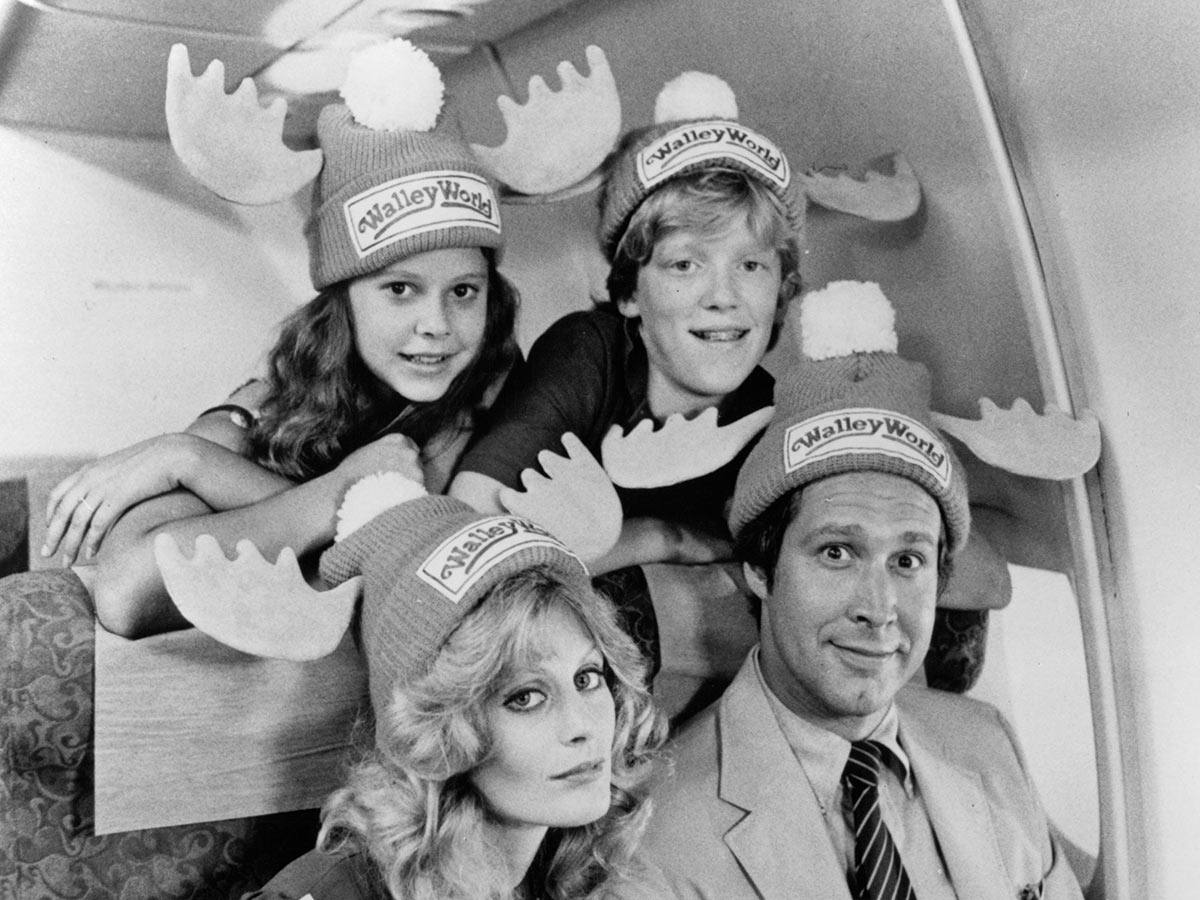
The National Lampoon comedy troupe dominated the silver screen in the 1980s, producing a series of iconic films that defined the decade's comedic sensibilities. One of the most beloved National Lampoon franchises was the "Vacation" series. Starring Chevy Chase as Clark Griswold, a hapless family man on vacation, these films offered a satirical look at the American road trip. From Vacation (1983) to Christmas Vacation (1989), the series poked fun at family dysfunction and consumerism.
National Lampoon's influence on comedy extended beyond the 1980s. Their films helped to establish a new style of humor that was both irreverent and relatable. The legacy of National Lampoon continues to be celebrated, and their films remain as popular today as they were when they were first released.
Aerobics

Aerobics classes were all the rage, often set to upbeat pop music that made exercising feel like a party rather than a chore. The infectious enthusiasm of instructors and the camaraderie among participants created a vibrant community atmosphere. Jazzercise, in particular, combined dance with aerobic exercise, allowing people to let loose and express themselves while getting fit.
Fashion played a huge role too; brightly colored leotards, leg warmers, and headbands became symbols of the era. Everyone wanted to look the part . The media also fueled the craze, with popular workout videos and celebrity endorsements making these classes more accessible and desirable.
Leg Warmers
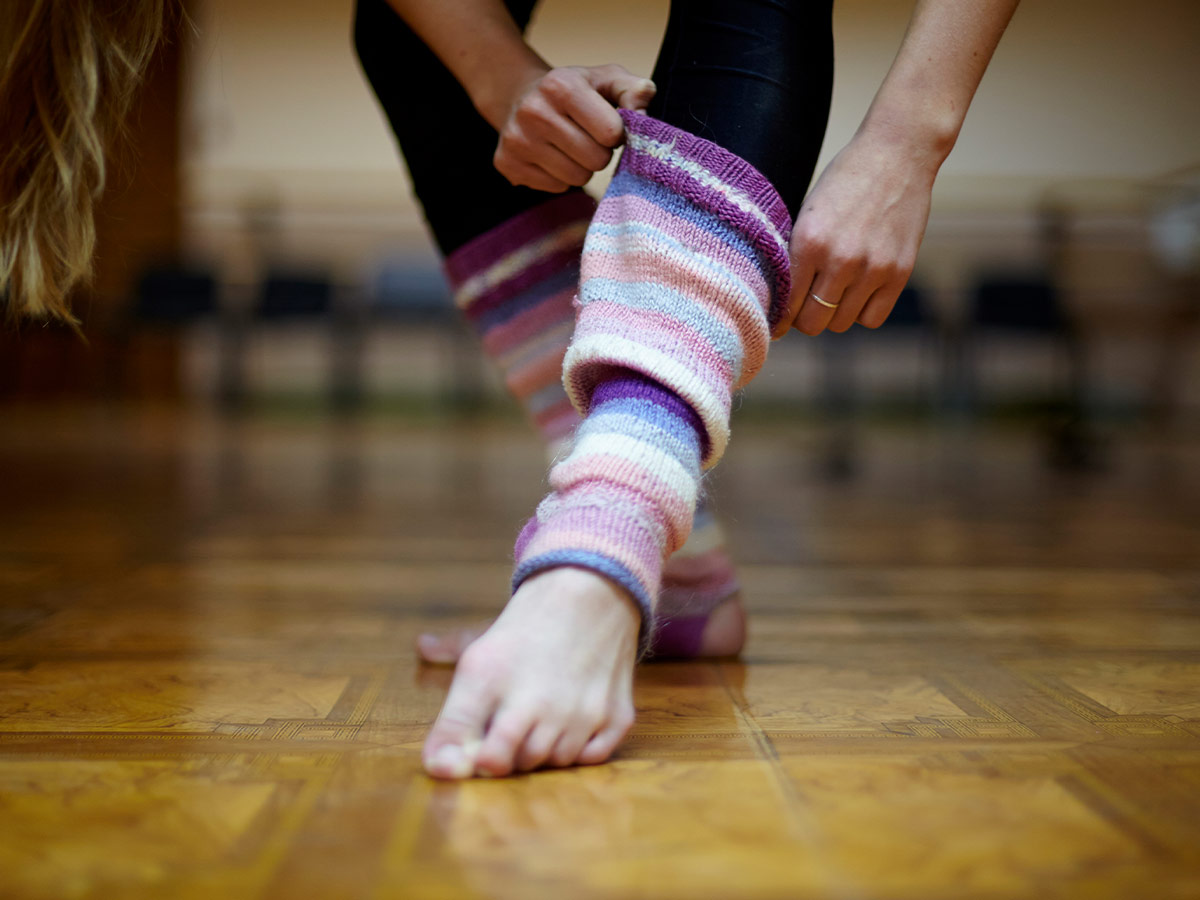
Leg warmers are a fashion accessory that gained immense popularity during the 1980s, primarily associated with the fitness craze and the vibrant pop culture of the era.
riginally designed for dancers and athletes, leg warmers were intended to keep the legs warm during rehearsals or workouts. They helped prevent injuries by providing warmth to muscles and joints.
High School Life
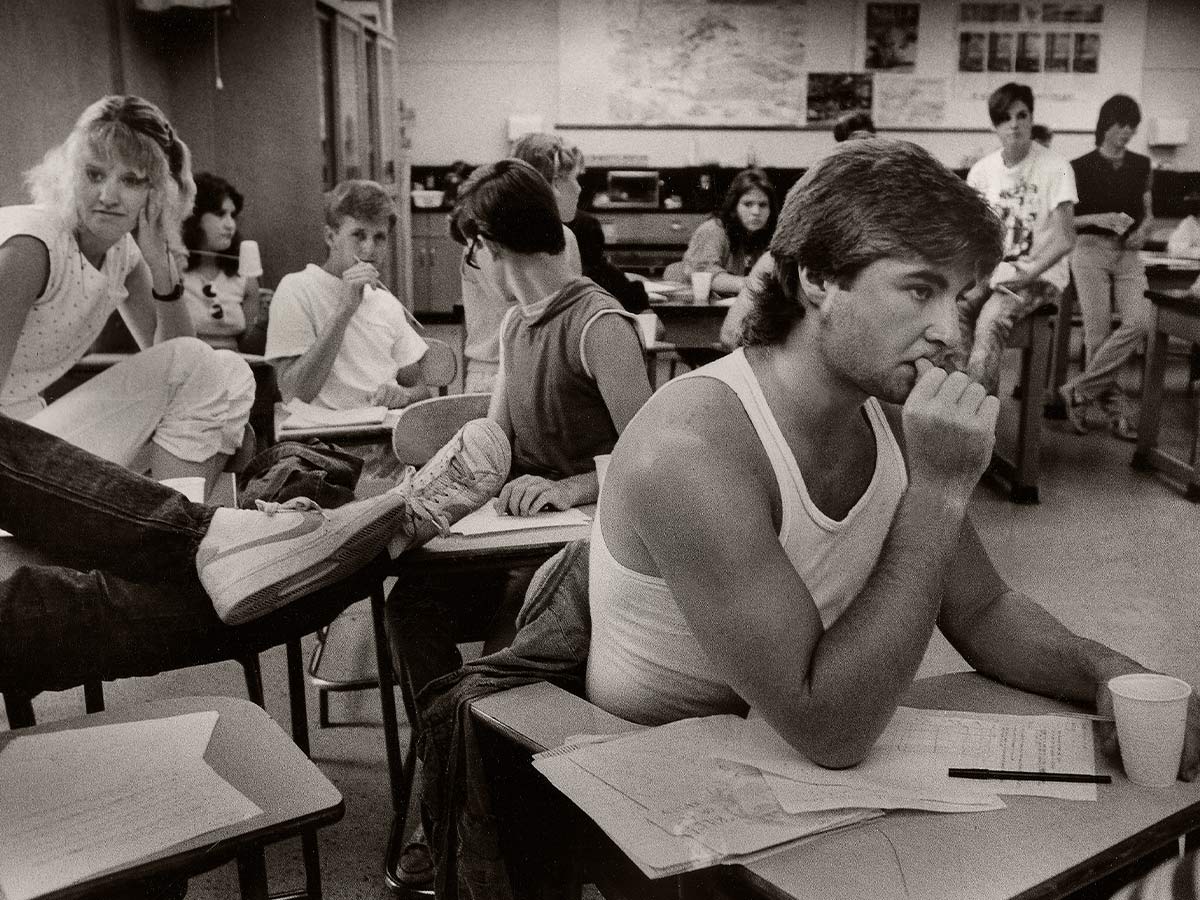
High school life in the 1980s was a vibrant mix of pop culture, social dynamics, and educational experiences that shaped the formative years of many teenagers.
High schools were often divided into various social groups, such as jocks, nerds, goths, and punks. Each group had its own distinct style and interests, which influenced everything from friendships to social events.
Willie Nelson/Music

The 1980s marked a golden age for country music, and Willie Nelson was one of its brightest stars. His iconic voice, coupled with his songwriting prowess, made him a household name. Nelson's blend of traditional country and outlaw music resonated with audiences, and his albums topped the charts throughout the decade. Hits like "On the Road Again," "Always On My Mind," and "Funny How Time Slips Away" became anthems of the era.
His signature look, complete with a cowboy hat and braids, became synonymous with country music. Nelson's influence extended beyond country music, as he collaborated with artists from various genres, including rock and pop. His collaborations with artists like Neil Young and Sheryl Crow helped to broaden the appeal of country music and solidify his status as a musical legend.
Siegfried and Roy
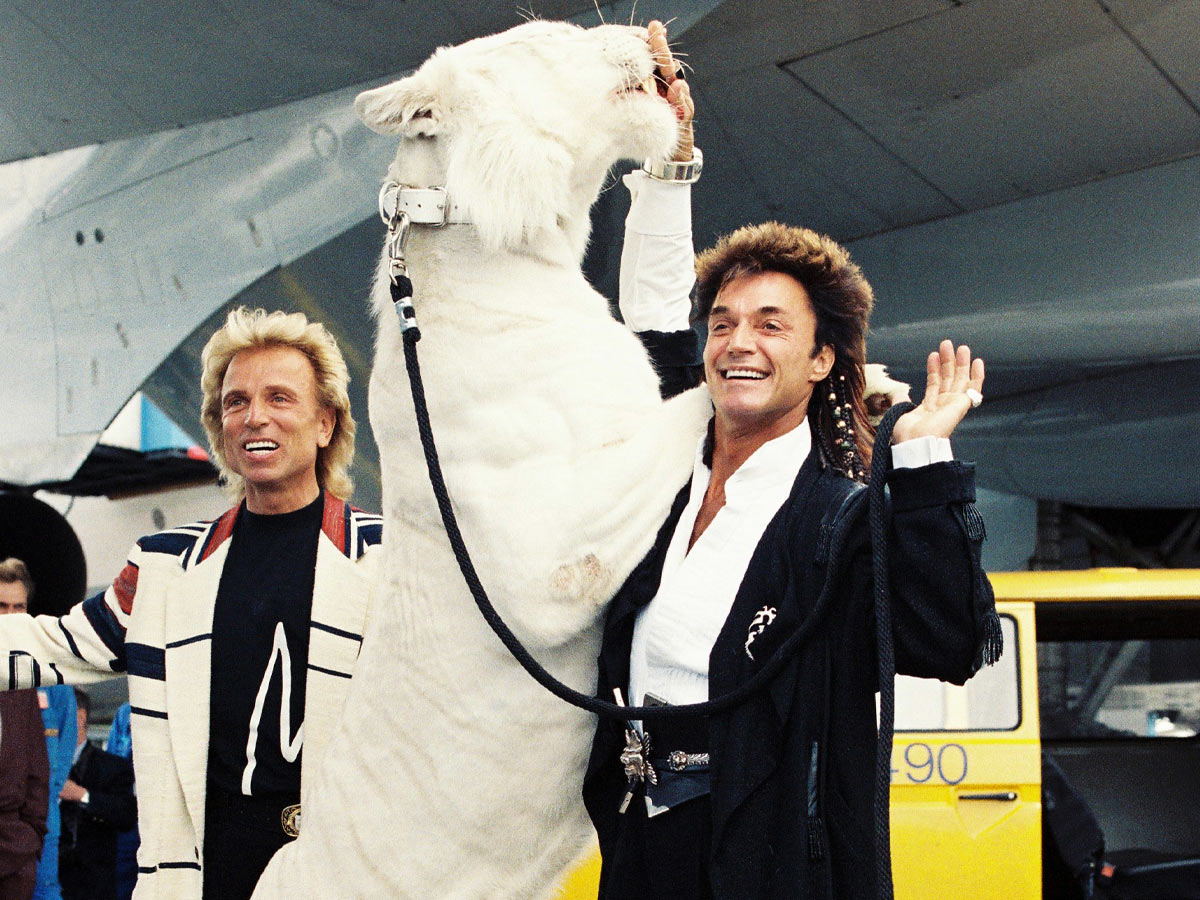
Siegfried and Roy, the famous magician duo, captured the hearts of millions with their dazzling performances in Las Vegas. Siegfried Fischbacher and Roy Horn met in the 1950s on a cruise ship, sharing a passion for magic and exotic animals. Their big break came in the 1980s when they opened a spectacular show at the Mirage Hotel, featuring stunning illusions and majestic white tigers.
The duo was known for their grand performances that combined magic, storytelling, and breathtaking feats. Tragedy struck in 2003 when Roy was seriously injured by one of their tigers during a performance, leading to their retirement from the stage. Despite this, they continued to support animal welfare and conservation efforts through the Siegfried & Roy Fund for Animal Welfare.
Cassette Players

While now you can take your entire music collection wherever you want on your cellphone, back in the '80s, you could really only take what cassettes would fit in your purse - or fanny pack.
Of course, then, it allowed you to appreciate whole albums instead of just the song of the summer. Although it was a lot less convenient to lug your cassette collection around just to listen to it on your Walkman, it was all part of the charm.
Payphones

Before cell phones, the only way you could get in touch with people when you were out and about was by going to a phone booth or payphone, inserting a coin, and calling your friend or family member on their landline.
Now, there's nothing practical about that. Not only do we not need them because of cellphone technology, but most of us don't even carry change around anymore. However, considering how glued we are to our phones now, at least the infrequency of calls then allowed people to live in the moment.
Video Games

Video games were simpler then and really anyone could pick them up and have fun doing it. They didn't look like much, but at that time, people weren't spoiled by cutting-edge graphics.
Today's games have a much bigger learning curve, and the first few hours are spent just figuring out the point of everything you are doing. Games in the '80s had the virtue of simplicity.
The Clash

Among the British punk rockers of the '80s, there were some highly anti-Beatlemania sentiments prevalent in the time period. Punk rockers rejected mainstream culture and societal norms, often expressing dissatisfaction with politics, consumerism, and mainstream music.
Punk fashion was characterized by leather jackets, ripped jeans, band T-shirts, safety pins, and distinctive hairstyles (think brightly colored mohawks or shaved heads). These choices were a form of self-expression and a way to stand out.
Sly Stallone
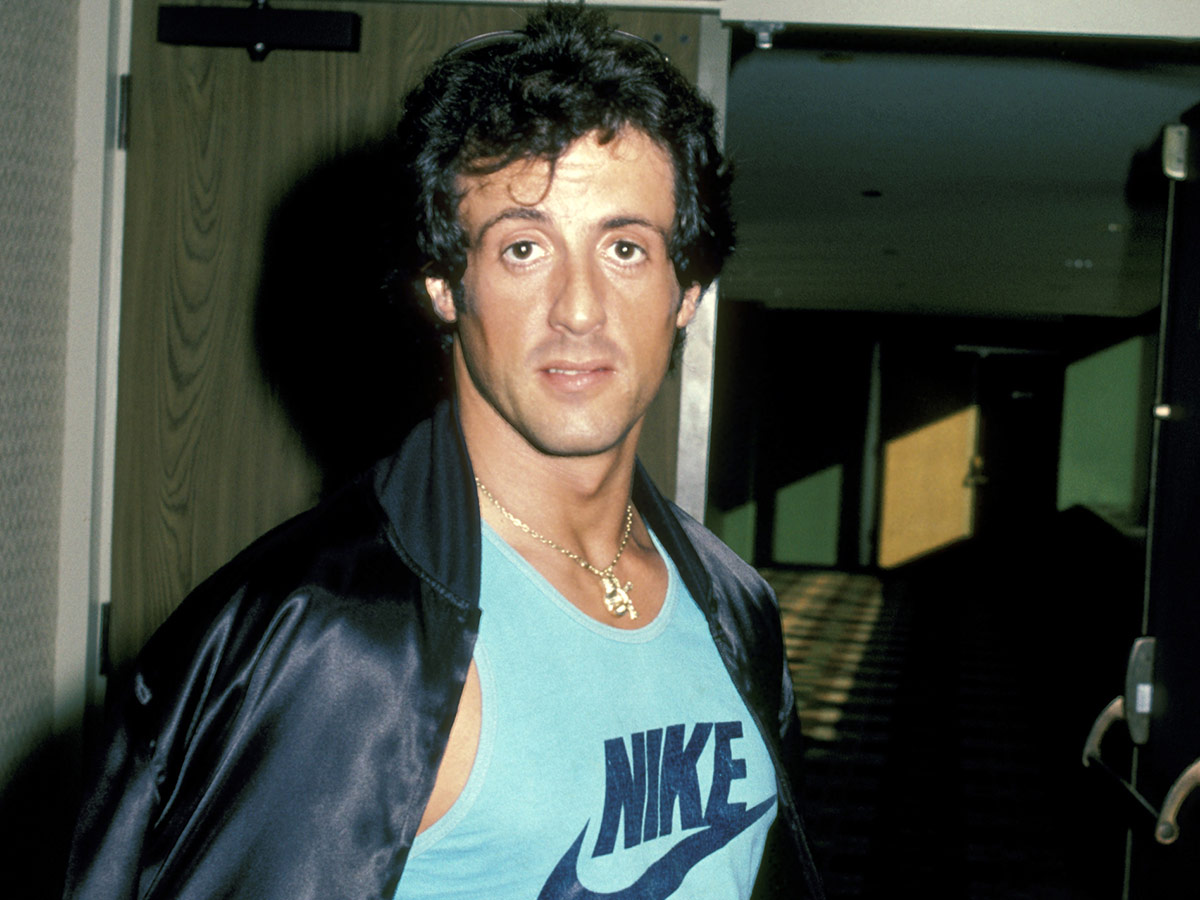
Sylvester Stallone was one of the biggest movie stars of the 1980s, shaping not only the film industry but also the cultural landscape of the decade.
Already a star of the popular Rocky franchise, in 1982, Stallone introduced audiences to John Rambo in First Blood, a film that examined the psychological impact of the Vietnam War while also entertaining audiences with groundbreaking action sequences.
Princess Diana
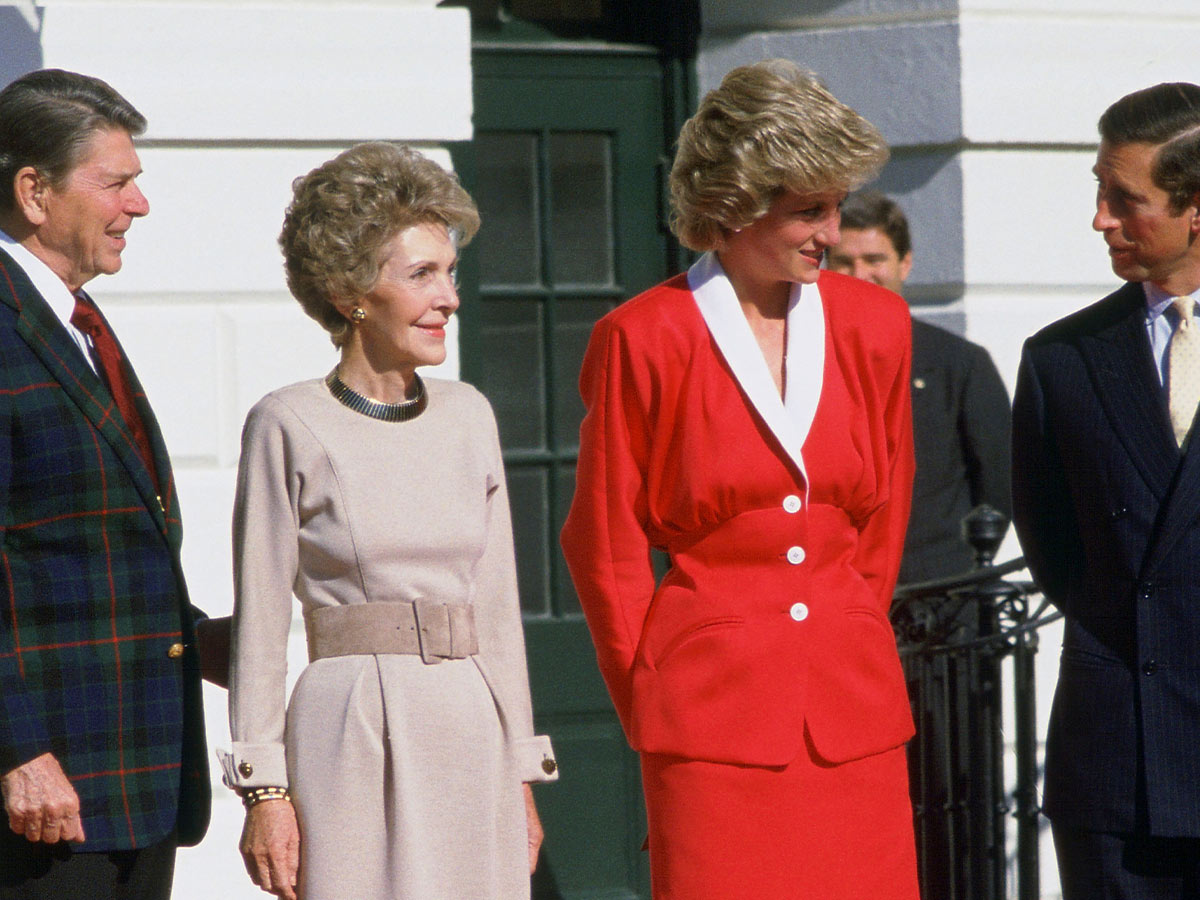
Princess Diana was one of the most iconic figures of the 1980s. Known as the "People's Princess," Diana became a beloved figure worldwide for her compassion, style, and humanitarian efforts. Her work with charities, especially those focusing on HIV/AIDS, landmines, and children's hospitals, earned her widespread admiration.
The marriage of Charles and Diana in 1981 captured worldwide attention, particularly in the United States. The wedding was broadcast live, drawing an estimated 750 million viewers. This event heightened American interest in the British monarchy, leading to increased media coverage of royal events and a fascination with royal life.
John Lennon

Any hope of a Beatles reunion was shattered the day John Lennon was assassinated by Mark David Chapman. Arguably the most respected Beatle of the Fab Four, John Lennon met his end in December 1980, marking a rocky start to the '80s.
Many people were deeply affected by the tragedy, reflecting on Lennon's contributions to music and his outspoken advocacy for peace. His songs, such as "Imagine," which envisions a world united without barriers or conflict, resonated with millions and became anthems for various social movements.
Floppy Drives
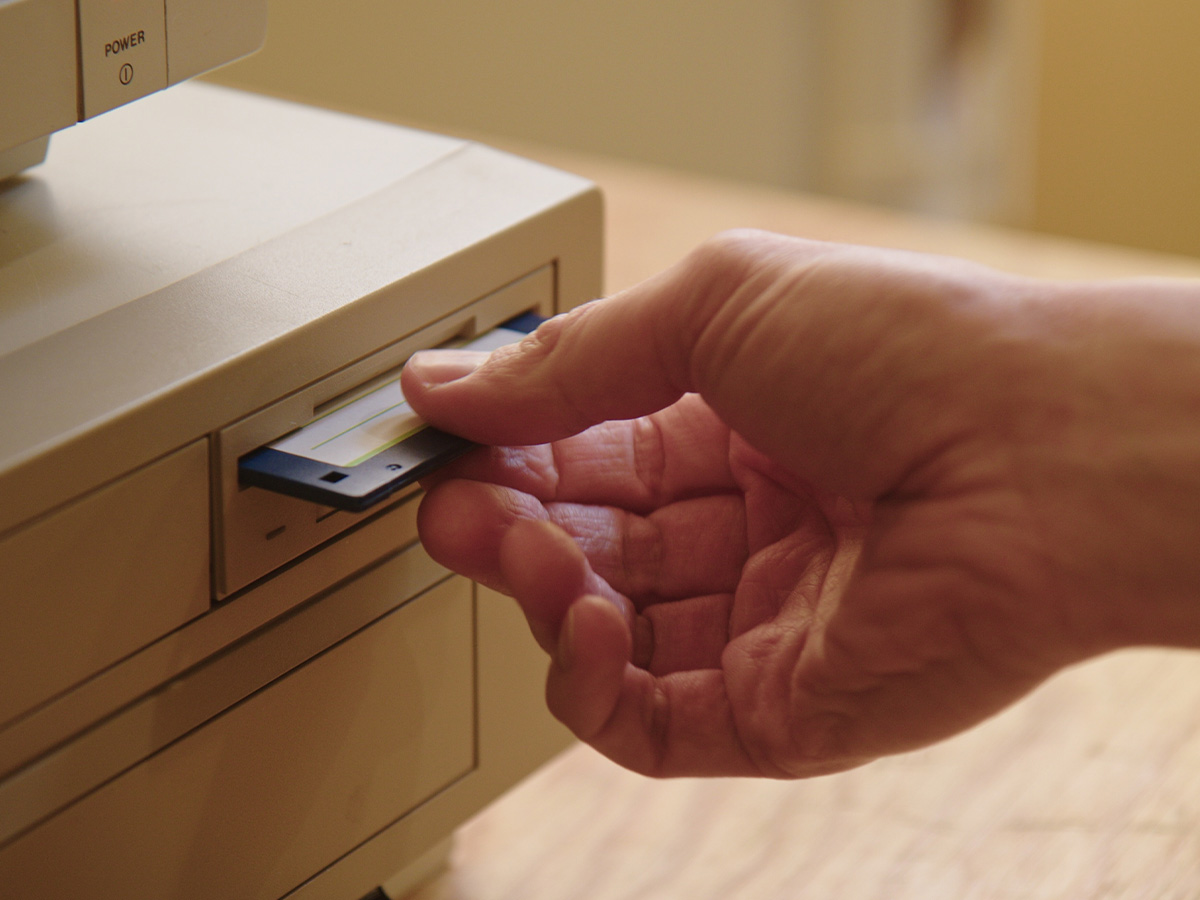
Before flash drives, CD-ROMs, and DVDs, floppy disks, often simply called "floppies," were the main storage medium used throughout the 1980s. They came in various sizes, with the most common being the 3.5-inch and the earlier 5.25-inch versions. Floppy disks were made up of a thin, flexible magnetic storage medium encased in a square or rectangular plastic shell.
Initially, floppy disks had a capacity of just 8 KB in their earliest forms. Over time, the capacity increased, with the 3.5-inch disks typically holding 1.44 MB of data - nothing near what a flash drive today can hold.
Gameboy

At the tail-end of the '80s, Nintendo changed the world of gaming with the first mass-produced portable gaming console. With its compact design, monochrome screen, and distinctive D-pad, the Game Boy offered gamers a portable option for enjoying classic titles like Tetris, Super Mario Land, and The Legend of Zelda: Link’s Awakening.
The Game Boy had an impressive launch, selling approximately 40,000 units in its first week in Japan after its release on April 21, 1989. The sales momentum continued as it expanded into North America in July 1989, where it quickly gained popularity. By the end of 1990, the Game Boy had sold over 5 million units globally.
Robots
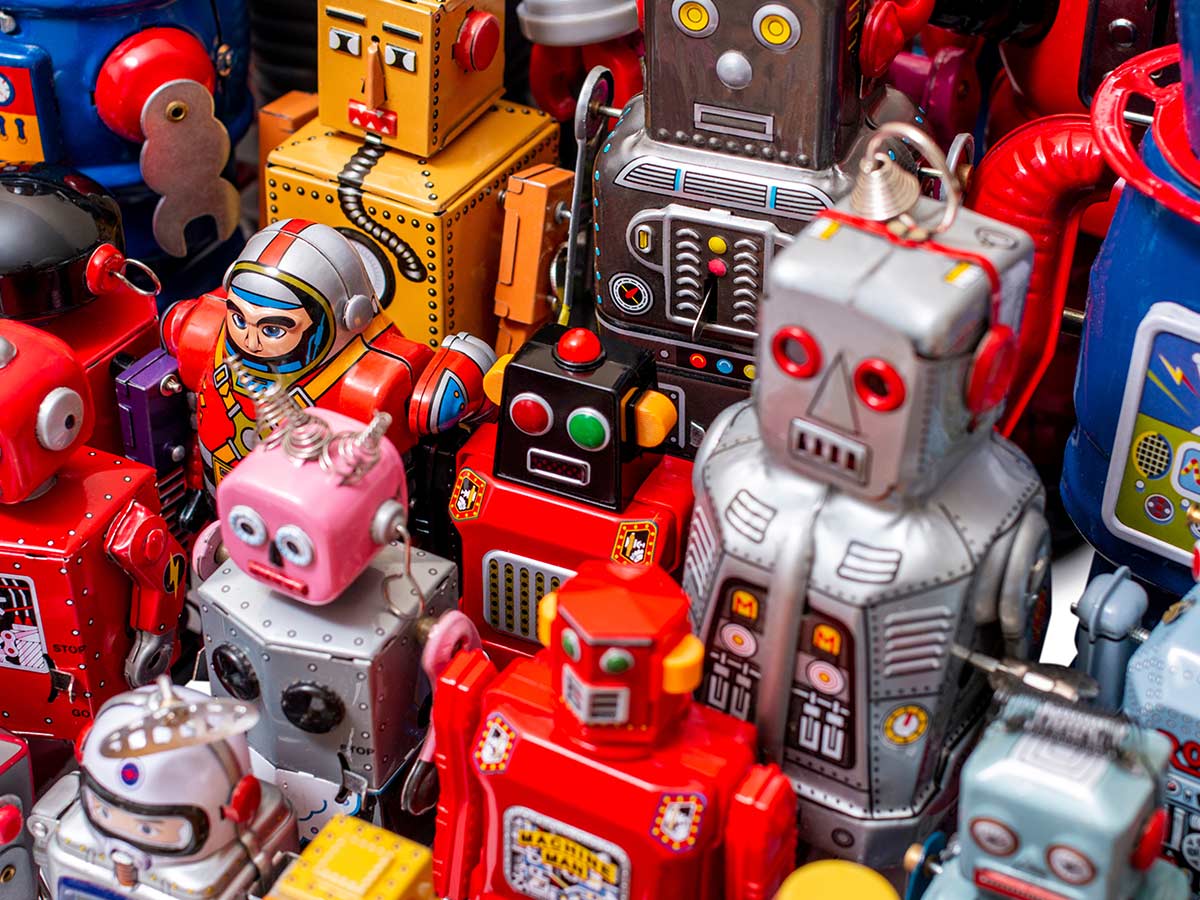
The 1980s were a vibrant decade for tin robot toys, showcasing a blend of classic designs from earlier eras and innovative new creations. These toys reflected the technological optimism of the time, with many featuring colorful graphics and wind-up or battery-operated mechanisms.
The 1980s marked a significant era for films featuring robots, blending science fiction with groundbreaking special effects and imaginative storytelling. Iconic movies like The Terminator, Star Wars and Short Circuit sparked a renewed interest in robots.
Assasssination Attempt
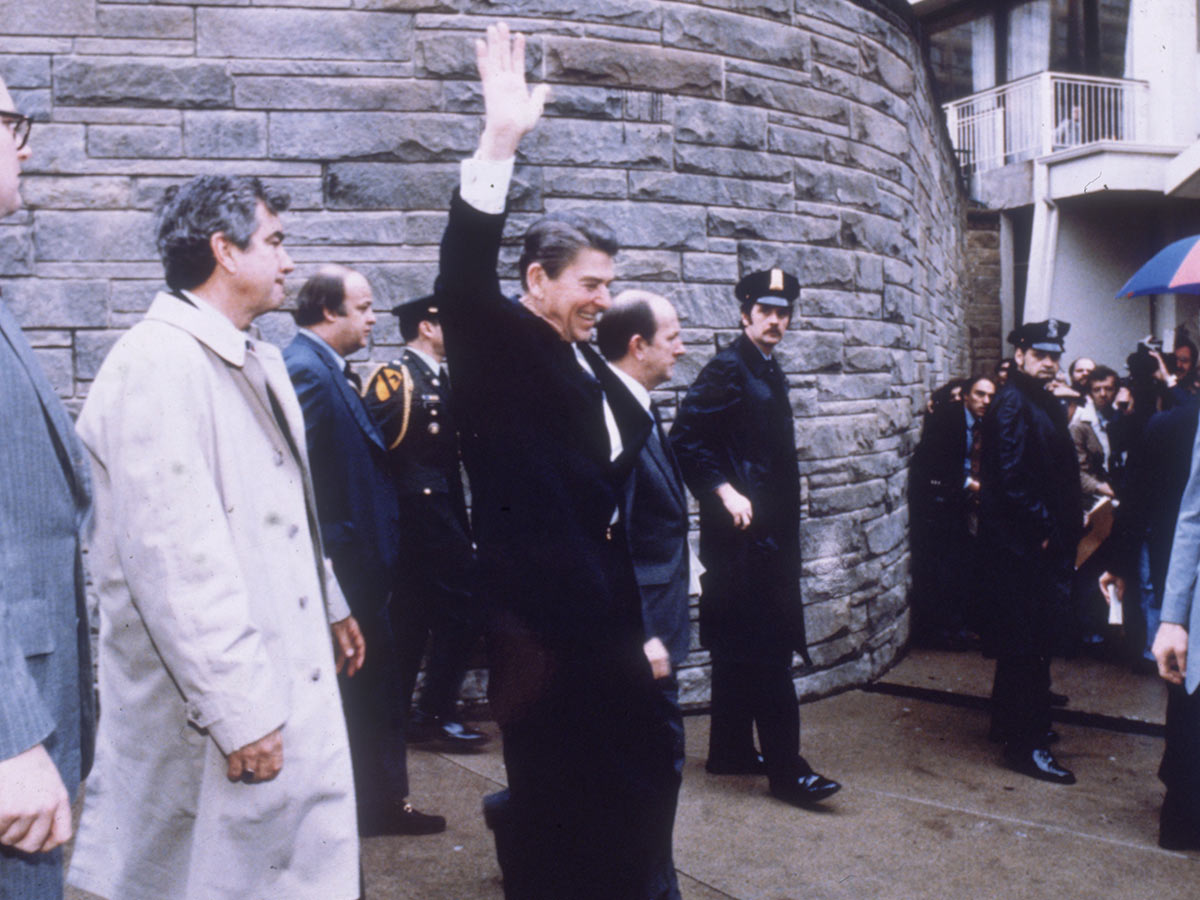
The assassination attempt on Ronald Reagan occurred on March 30, 1981, just 69 days into his presidency. As Reagan was leaving a speaking engagement at the Washington Hilton Hotel, a man named John Hinckley Jr. fired six shots from a revolver, hitting Reagan and three others: Press Secretary James Brady, a Secret Service agent named Tim McCarthy, and a police officer named Thomas Delahanty.
Hinckley was apprehended at the scene and later found not guilty by reason of insanity. Obsessed with actress Jodie Foster, he just wanted to get her attention.
Space Shuttle Challenger Disaster

The Space Shuttle Challenger, designated as OV-099, was NASA's second operational shuttle, and it became tragically famous for the disaster that occurred during its tenth flight on January 28, 1986. The shuttle was carrying a crew of seven, including Christa McAuliffe, a school teacher who was set to be the first private citizen in space as part of the Teacher in Space Project.
During the launch, just 73 seconds after liftoff, the Challenger disintegrated due to the failure of an O-ring seal in its right solid rocket booster. The explosion resulted in the loss of all seven crew members and was witnessed by millions of people, including schoolchildren who had been watching the live broadcast.
The Berlin Wall

Throughout the 1980s, Eastern European countries experienced significant unrest and protests against authoritarian governments. Citizens demanded political reform, economic improvement, and freedom. The fall of the Berlin Wall on November 9, 1989, was a pivotal moment in world history. It symbolized the end of the Cold War and the division between East and West.
The Berlin Wall had stood since 1961, physically and ideologically separating East and West Berlin, as well as representing the broader division between the communist Eastern Bloc and the capitalist West. Its fall signified the collapse of communist regimes across Eastern Europe and the diminishing influence of the Soviet Union.
Chernobyl
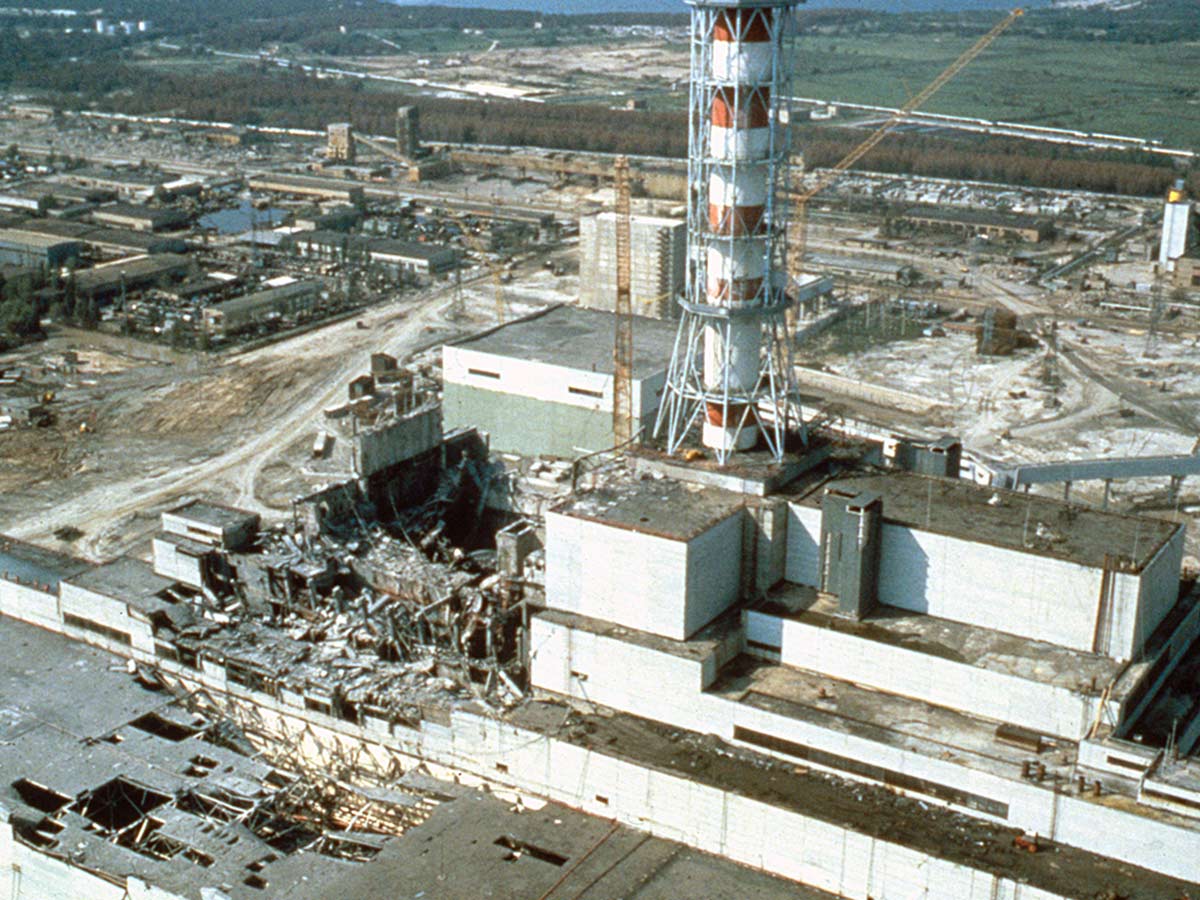
Queen
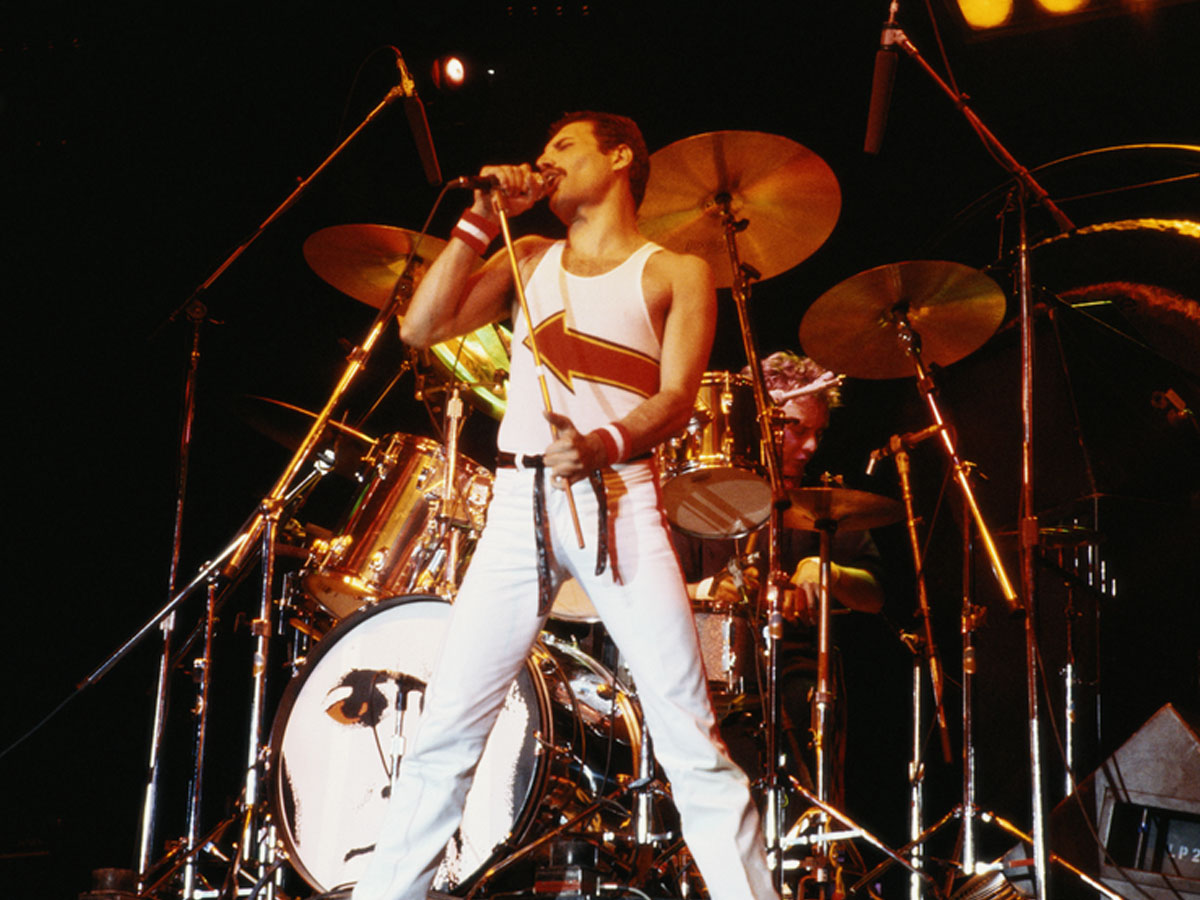
Hip-Hop
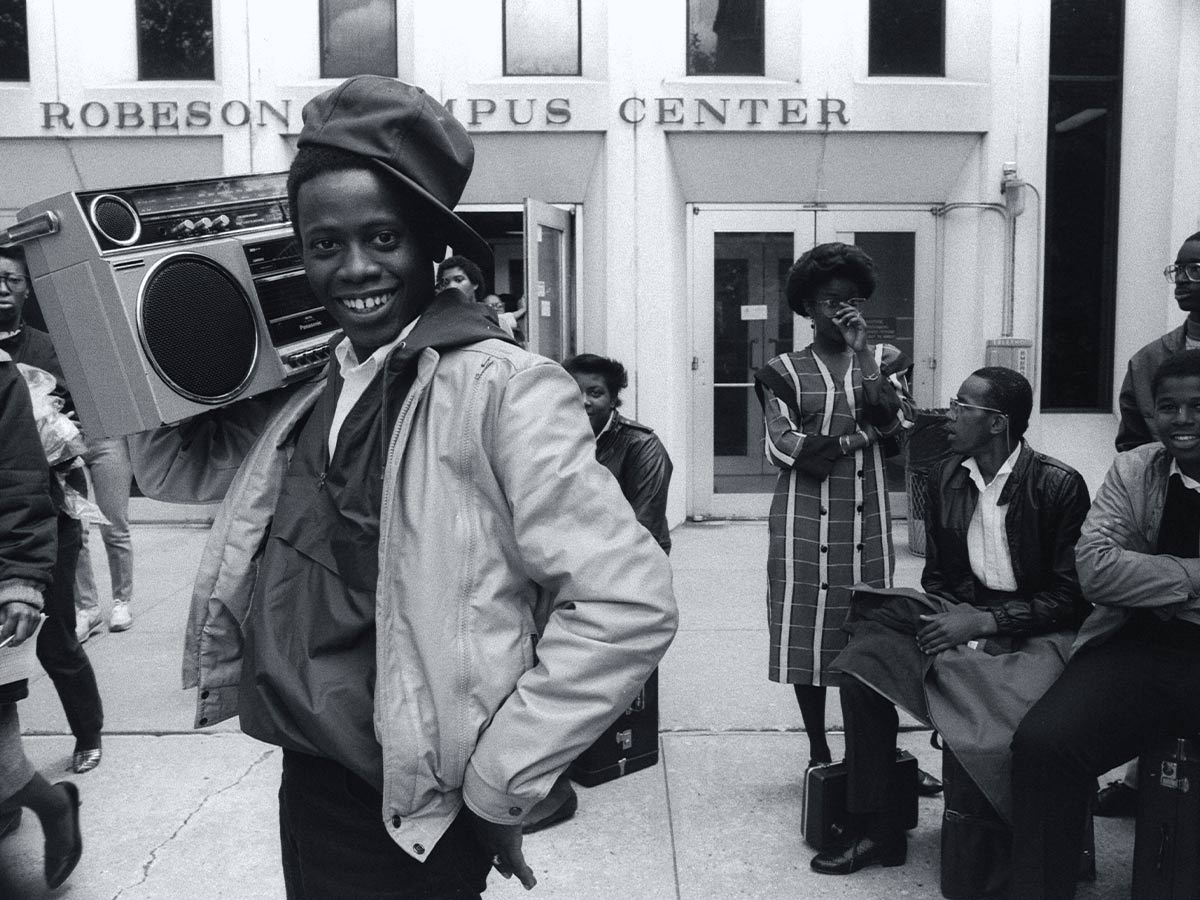
The 1980s saw the rise of hip-hop as a dominant cultural force. Artists like Grandmaster Flash, Run-D.M.C., and LL Cool J popularized the genre, with its roots in the Bronx. Hip-hop not only provided a voice for African American youth but also addressed social issues such as poverty, crime, and racism.
Despite cultural advancements, African American communities faced significant economic challenges, including high unemployment rates and the impact of a major substance abuse epidemic, which disproportionately affected urban areas.
Breakdancing
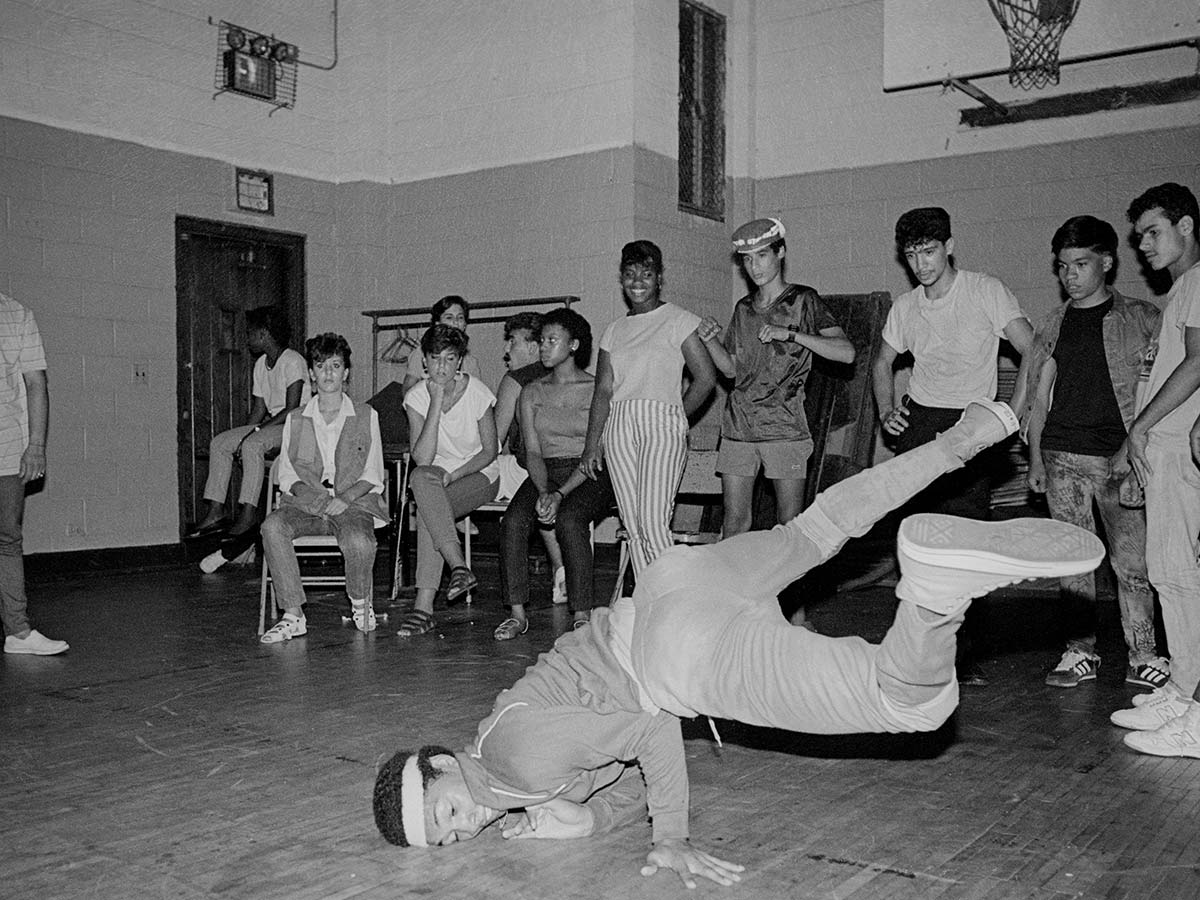
Rooted in hip-hop culture, breakdancing, also known as b-boying, emerged in the 1970s but gained significant popularity in the 1980s as a dynamic and energetic street dance style.
Breakdancing is often performed in competitive settings known as battles, where dancers face off against each other, showcasing their skills and improvisation. Judges score performances based on creativity, technique, and musicality.
"The Hand of God"

The 1986 FIFA World Cup, held in Mexico, featured an exciting quarter-final match between Argentina and England on June 22, 1986, at the Estadio Azteca in Mexico City. Just minutes into the match, Diego Maradona scored one of the most controversial goals in World Cup history. He used his left hand to punch the ball into the net, which the referee allowed to stand, leading to the infamous term "Hand of God."
Maradona followed up his controversial goal with what is often called the "Goal of the Century." He picked up the ball in his own half, dribbled past five English players, and scored a stunning solo goal. This goal showcased Maradona's extraordinary skill and is celebrated as one of the greatest goals in World Cup history.
 Author
Sherrill Dean
Last Updated: August 05, 2025
Author
Sherrill Dean
Last Updated: August 05, 2025